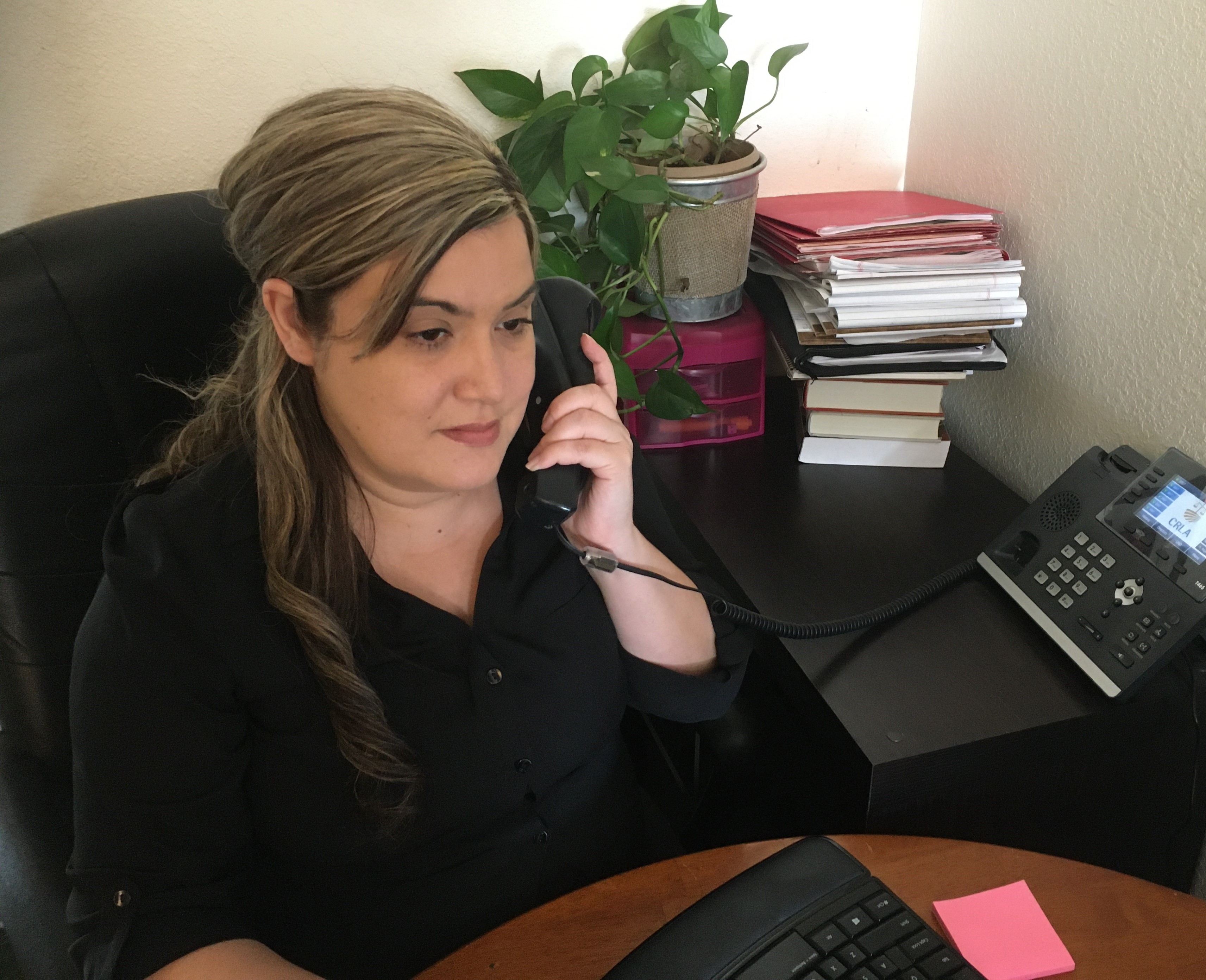
COVID-19 Inflames California Wildfire Anxiety
The COVID-19 global pandemic is forcing communities to weigh the risks of virus spread against other emergency measures. In California, officials are most worried about the upcoming wildfire season and the challenges of implementing evacuations and shelters without spreading COVID-19.
A dual disaster scenario of a major wildfire with coronavirus spread still underway could cause emergency relief systems to break down. Emergency officials see a worrying scenario in which at-risk residents resist following evacuation orders for fear of contracting the virus in communal spaces. The looming wildfire danger could also place an additional burden on hospitals that are already beleaguered with COVID-19 patients .
California’s generally warm and dry climate has historically made it prone to wildfires, yet that propensity has significantly increased in the 21st century. According to data from the California Department of Forestry and Fire Protection, 15 out of the 20 most destructive wildfires in state history have occurred since 2000, and 10 of them occurred since 2010.
The Tubbs Fire, one of the most destructive and deadliest wildfires in California history burned 36,807 acres near Santa Rosa in October of 2017, destroying 5,643 structures, killing 22 people. The destruction continued in the following months with other record-breaking wildfires, including Thomas Fire, Carr Fire and Camp Fires struck.
There are already some warning signs that fire season could be particularly bad this year. The worst fire dangers in the state historically spans May through October, however it has been starting earlier and ending later every year, according to CalFire. Northern California received record low precipitation this February, which should normally be the wettest time of the year. Between January and May 2020, the number of fires statewide are already up 60 percent compared to last year, according to CalFire.
Compounding the situation is the COVID-19 pandemic’s major disruption of economic activity, loss of lives and livelihoods, and the continued need for social distancing to reduce contagion. Governor Gavin Newsom stated that California’s current $54 billion budget deficit is a direct result of COVID-19 and many municipalities in the state are also experiencing steep budgetary shortfalls. However according to Newsom, this hasn’t deterred preemptive action against anticipated wildfires.
“It is a year round challenge for all of us,” said Newsom regarding wildfire season at a May 13 press conference. “We are mindful of the threats, we are mindful of the understandable anxiety that this time of year presents to people in addition to what’s going on with COVID-19.”
“We have been preparing for the upcoming fire season,” he continued. “We’re not stepping back our efforts, we’re in fact stepping them up.”
California’s 2020-21 budget revised in May increases the budget of the Office of Emergency Services by $127 million to monitor all hazards including wildfires and earthquakes. The money will be used to hire an additional 600 personnel and purchase new equipment such as 26 fire engines and 12 Blackhawk helicopters that can suppress fires faster. The funds will also be used to deliver disaster assistance and help counties deploy backup generators during power safety shutoffs. The budget also allocates $1.8 billion for COVID-19 emergency response.
Future wildfires could put additional risk on emergency responders who are already on the front lines of responding to COVID-19. The tight and sometimes unsanitary working conditions of firefighters battling rural blazes also lends itself to virus spread. Furthermore emergency workers crossing the state to respond to fires could increase transmission between communities.
The California Public Utilities Commission’s newly created Wildfire Safety Division is geared to consist of 106 personnel that Newsom said will eventually become its own agency. The division is currently tasked with providing continuous oversight of safety plans developed and executed by investor-owned utilities such as PG&E. The various utility companies including Southern California Edison, San Diego Gas & Electric and PG&E had submitted their plans, which were given draft approval this month.
“We are at a place we’ve never been in the past in terms of oversight, accountability and transparency with our investor-owned utilities to help support these wildfire mitigation efforts,” said Newsom.
PG&E’s 306-page plan involves steps such as enhanced vegetation management, infrastructure inspections and upgrades, wildfire surveillance and reducing the likelihood that a fire ignites in the first place. The company stated that PSPS will still be used when conditions warrant it, however the goal is to make the power shutoffs smaller, shorter and less burdensome on customers.
The Wildfire Safety Division is soliciting public comments on both the division’s wildfire mitigation actions as well as drafted plans of the various utilities. Comments are due on May 27 and Draft Resolutions related to the plans of individual utilities will be released on June 11.
“Public comment is very important to the CPUC’s processes,” said Christopher Chow, CPUC Information Officer. “It allows the public to offer perspectives that help inform decision-making.”
The utility safety plans will be implemented alongside CalFire’s wildfire management efforts. The agency has identified 450,000 acres of natural areas that will receive advanced treatment in terms of vegetation and forest management, which will include prescribed burns. Newsom said that because so much of California’s rural lands are owned by the federal government, he stressed the need for federal support in the efforts. CalFire Chief Thom Porter said that the agency hinges its work around preventing wildfires, being adequately prepared to deal with them and responding immediately when they ignite.
“If we keep fires small at the beginning with these extra resources that we’re going to have then we’ll protect the public and our firefighters from unnecessary exposure to smoke and the need to bring them together in congregational settings,” said Porter. He also implored homeowners to take steps to make their properties more impervious to fire damage.
Related Posts

Stockton tenants seek help from city, nonprofits to prevent illegal evictions
Monica Sousa, directing attorney of the Stockton office of California Rural Legal Assistance, speaks with a client over the phone during the COVID-19 pandemic. Photo credit_ CRLA- Jul 06
- 6 mins read

Notaries Go Virtual During Coronavirus Crisis
It’s a mundane but necessary part of modern life. Whether it’s signing a will or buying property, most legal transactions require a notary to witness a document being signed in person. But under pandemic social distancing guidelines getting together with a notary in person is impossible so many states are allowing notaries to work online.- Jun 09
- 3 mins read
Recent Posts
Recent Comments
- Sonia on Stockton tenants seek help from city, nonprofits to prevent illegal evictions
- Penney on Stockton tenants seek help from city, nonprofits to prevent illegal evictions
- Leonard on Schools in the US plan for hybrid reopening
- Delores on Stockton tenants seek help from city, nonprofits to prevent illegal evictions
- Jefferey Krolick on Stockton tenants seek help from city, nonprofits to prevent illegal evictions
More Articles
2020 census count faces uncertain delays
- April 29, 2020
- 3 mins read
Baton Rouge Mayor creates financial literacy workshops
- May 5, 2020
- 2 mins read
COVID-19 pandemic brings Bay Area housing woes into spotlight
- April 29, 2020
- 4 mins read
Coronavirus Reopening Jumpstarts Driving Tests in N.C.
- July 6, 2020
- 3 mins read




